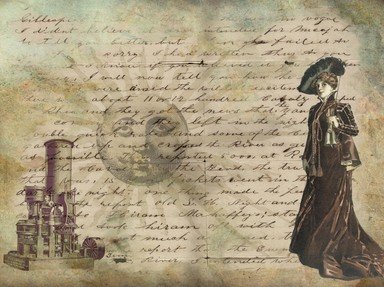Quiz Answer Key and Fun Facts
1. "Lord of The Flies" - William Golding
2. "The L-Shaped Room"- Lynne Reid Banks
3. "The Bluest Eye" - Tony Morrison
4. "Catcher In The Rye" - J.D. Salinger
5. "Day of The Triffids" - John Wyndham
6. "The Feminine Mystique" - Betty Friedan
7. "The Stepford Wives" - Ira Levin
8. "In Cold Blood" - Truman Capote
9. "The Godfather" - Mario Puzo
10. "On The Road" - Jack Kerouac
11. "A Kestrel for a Knave" - Barry Hines
12. "The Female Eunuch" - Germaine Greer
13. "The Walking Stick" - Winston Graham
14. "Breakfast At Tiffany's" - Truman Capote
15. "Casino Royale" - Ian Fleming
16. "Fear of Flying" - Erica Jong
17. "One Flew Over The Cuckoo's Nest" - Ken Kesey
18. "The Shining" - Stephen King
19. "All The President's Men"
20. "On The Beach" - Nevil Shute
Source: Author
1nn1
This quiz was reviewed by FunTrivia editor
looney_tunes before going online.
Any errors found in FunTrivia content are routinely corrected through our feedback system.
